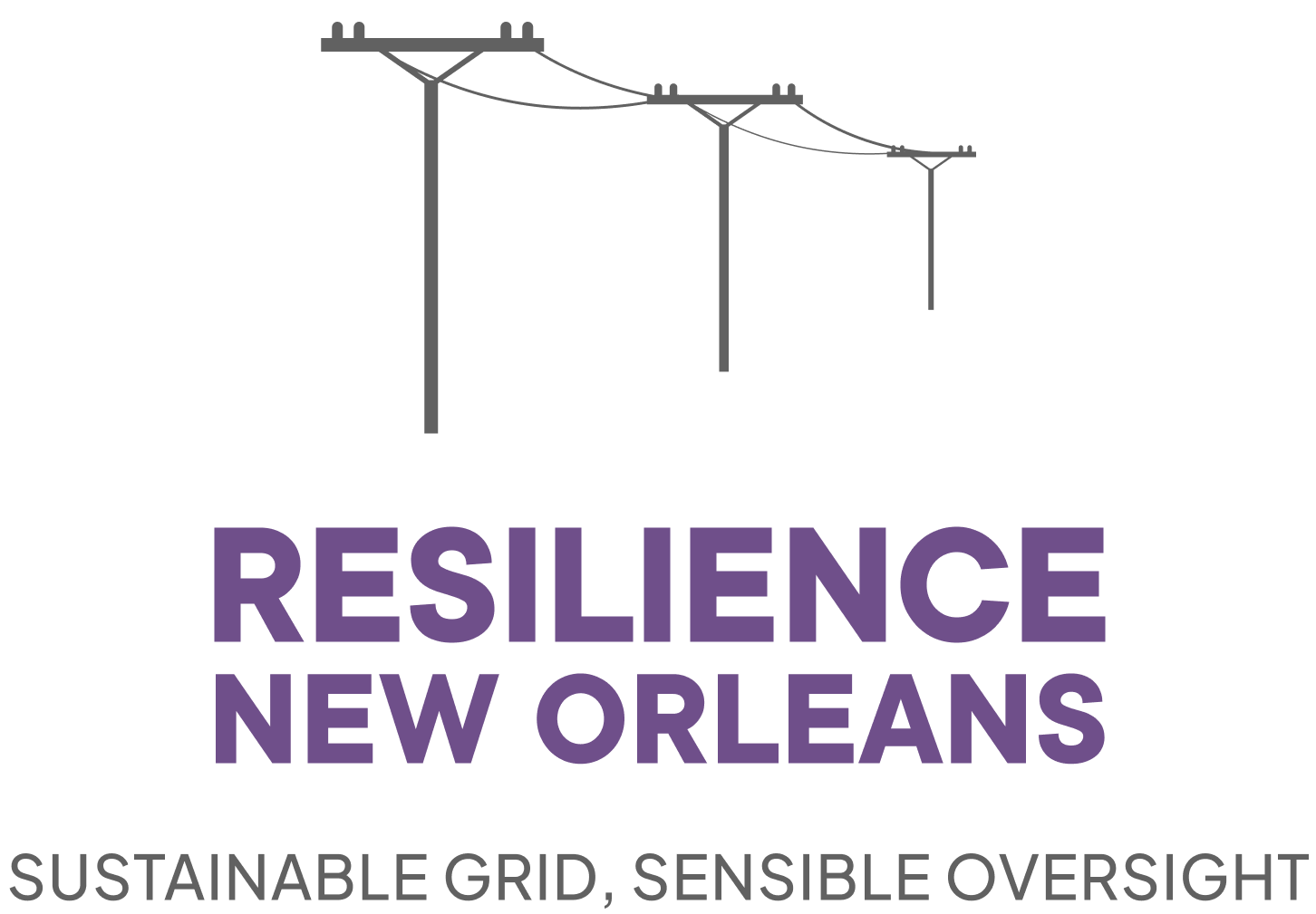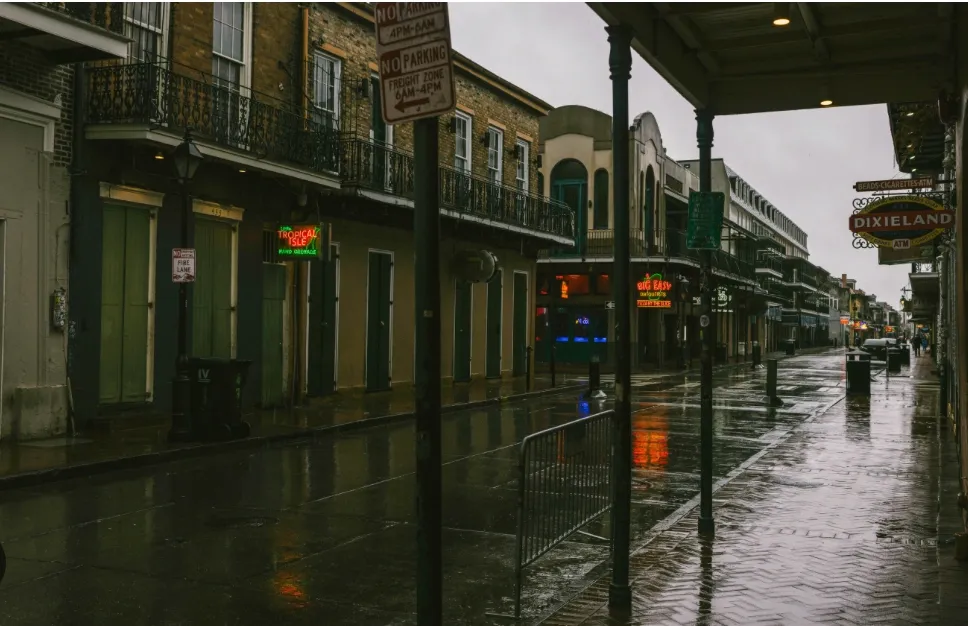Hurricane Francine, though only a Category 1 storm, was a stark reminder that New Orleans’ infrastructure has vulnerabilities. Entergy reported that 32 transmission lines and 25 substations across Louisiana and Mississippi were impacted, with Southeast Louisiana being the hardest hit. Parts of New Orleans flooded due to water pump failures. Although Entergy quickly restored service following the storm, the overall performance of our systems emphasized the need for a more comprehensive resilience plan that incorporates smarter investments usinggeographically-appropriate technology.
Despite the fact the New Orleans has been throwing money at infrastructure projects, it’s clear that our local geography requires a different, more tailored approach. We pay for repairs but not upgrades, continuing to use one-size-fits-all tech to meet our basic needs, which means our infrastructure was designed for a different ecosystem. Our water drainage system uses gravity even though the city is sinking. (Ever wondered why some fire hydrants are four feet high?) Wooden poles are great for New England, but a disaster waiting to happen in New Orleans. We are designing and building to fail when we do not invest in things that can’t tolerate wetland conditions with frequent storm events.
Tech for Storm Response Improvements
Entergy has adopted some cutting-edge technology like drones, satellite imagery, and infrared cameras to assess damage but other smart grid technologies that would help. But more needs to be done; we should take a page from Florida, a state that has made resiliency a priority and is better prepared than Louisiana to weather a severe climate.
- Finish rolling out the Automated Metering Infrastructure (AMI): Florida utilities use AMI, or smart meters, to provide real-time data on power usage and service disruptions. Smart meters help identify outages more precisely, locating the exact points of failure in the grid that allows for quicker repairs. Entergy began rolling out AMI as part of a larger initiative to modernize our electrical grid and that work should be completed.
- Advanced Distribution Management Systems (ADMS): This technology integrates data from various grid devices to improve the monitoring, control, and optimization of electrical distribution systems. ADMS helps utilities in Florida predict potential equipment failures and isolate faulted sections of the grid more efficiently.
- Fault Location, Isolation, and Service Restoration (FLISR): Florida utilities employ FLISR to automatically detect faults in the electrical grid, isolate the affected area, and reroute power to restore service to unaffected areas. This system minimizes outage times by quickly identifying where the fault has occurred and limiting the area impacted.
But, regardless of the tech, because electricity is a wired system, repairing it requires more boots on the ground. Entergy called in an additional 6,000 workers to fix Francine’s damage that we will have to pay for on our energy bills. Preventing damage is cheaper in the long run.
New Orleans’ Resiliency Stretch Goals
We need to implement the comprehensive resilience plan that was designed to meet our specific geographic challenges. Emergency repairs are required after a storm, but they are expensive. Our focus should shift to designing infrastructure that anticipates climate impacts and goes beyond patching up after each storm. Simply put, we need smarter, more advanced infrastructure that won’t break in the first place.
Further, we need to talk about the tree problem. New Orleans’ tree trimming rules are not serving us well.
Foliage management practices should be re-evaluated with the mindset of outage prevention and safety to prevent falling branches from damaging lines during storms. In addition, stricter building codes and better stormwater management systems should be priorities for reducing the impact of future hurricanes.
The aftermath of Hurricane Francine should be seen as an opportunity for New Orleans to reimagine its infrastructure strategy. With a more deliberate, geographically specific plan, we can ensure the safety and stability of our city in the face of future storm seasons.
P.S. The nuclear power plants (Entergy’s Waterford 3, River Bend, and Grand Gulf) stayed operational at full capacity during the hurricane, which surprised and delighted me. In climate circles, nuclear is a hot debate topic. If you’re interested in a blog about that particular tug-of-war, please send me a line.

